-
 bitcoin
bitcoin $123963.239194 USD
1.37% -
 ethereum
ethereum $4529.082464 USD
1.07% -
 xrp
xrp $2.983640 USD
0.71% -
 tether
tether $1.000287 USD
0.02% -
 bnb
bnb $1179.874393 USD
2.99% -
 solana
solana $230.633678 USD
1.55% -
 usd-coin
usd-coin $0.999835 USD
0.03% -
 dogecoin
dogecoin $0.254240 USD
1.34% -
 tron
tron $0.341176 USD
0.15% -
 cardano
cardano $0.842285 USD
0.52% -
 hyperliquid
hyperliquid $48.537896 USD
-0.86% -
 chainlink
chainlink $21.863092 USD
-0.84% -
 ethena-usde
ethena-usde $0.999743 USD
-0.07% -
 sui
sui $3.579561 USD
-0.18% -
 stellar
stellar $0.403418 USD
2.67%
How can I participate in the pre-sale phase of an NFT project?
Participating in an NFT pre-sale offers early access at lower prices, but requires whitelist eligibility, a secure wallet, and caution against scams.
Aug 13, 2025 at 11:35 am
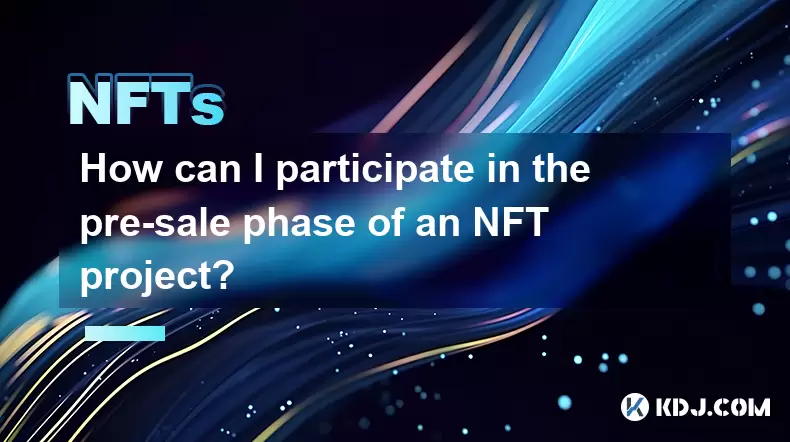
Understanding the Pre-Sale Phase of an NFT Project
The pre-sale phase of an NFT project is a limited-time opportunity for select participants to mint or purchase NFTs before the public sale begins. This phase is typically reserved for early supporters, community members, or those who have completed specific tasks set by the project team. The main advantage of participating in a pre-sale is the ability to acquire NFTs at a lower price and with a higher chance of securing rare traits. Projects often use pre-sales to reward loyalty and build a strong community foundation.
To gain access, users must usually be on the project’s whitelist or allowlist, which grants them a reserved spot and a unique minting link. Being on this list does not guarantee a purchase but ensures the right to mint during the pre-sale window. Projects determine eligibility through various methods, such as holding specific NFTs, participating in Discord events, or completing social media tasks.
How to Get Whitelisted for an NFT Pre-Sale
Gaining entry into the pre-sale often depends on being whitelisted. The process varies across projects, but common methods include:
- Joining the project’s Discord server and actively participating in community discussions
- Following the project’s Twitter (X) account and engaging with their posts through likes, retweets, and comments
- Completing proof-of-humanity tasks such as captcha verification or wallet binding
- Holding NFTs from a partner or parent collection that grants automatic eligibility
- Participating in giveaways, raffles, or mini-games hosted by the team
Some projects use snapshot mechanisms, where they record wallet holdings at a specific block height to determine eligibility. If you hold a qualifying NFT at that moment, your wallet is automatically added to the whitelist. Others require manual registration through platforms like Gleam or Carrd, where you submit your wallet address and complete a checklist of actions.
It is critical to verify the authenticity of any whitelist campaign. Scammers often create fake websites or Discord servers to steal wallet credentials. Always ensure you are interacting with the official project links and double-check URLs and social media handles.
Setting Up Your Crypto Wallet for Pre-Sale Participation
Before engaging in any NFT pre-sale, you must have a compatible crypto wallet configured properly. The most widely used wallet for Ethereum-based NFTs is MetaMask. To set it up:
- Download the MetaMask browser extension or mobile app
- Create a new wallet and securely store your 12-word recovery phrase
- Switch to the correct network (e.g., Ethereum Mainnet, Polygon, or another blockchain the project uses)
- Fund your wallet with enough native cryptocurrency (e.g., ETH, MATIC) to cover minting costs and gas fees
During the pre-sale, you will receive a minting link or need to visit the project’s official website. When prompted, connect your wallet. Ensure your wallet is not connected to any suspicious sites to avoid phishing attacks. Disconnect unused dApp connections regularly through MetaMask’s settings.
Some projects require approval transactions or signature verification before minting. This means you may need to sign a message with your wallet to prove ownership without sending funds. These steps are part of the security protocol and do not cost gas.
Executing the Pre-Sale Mint Transaction
When the pre-sale begins, timing is crucial. Many popular projects experience high demand, and available NFTs can sell out within seconds. To maximize your chances:
- Be online and ready at least 10–15 minutes before the pre-sale starts
- Have your wallet connected and sufficient funds available
- Open the official minting page in your browser
- Confirm the minting price and gas fee estimate
Once the minting window opens, follow these steps:
- Click the 'Mint' button on the project’s website
- Review the transaction details in your wallet popup
- Adjust gas fees if necessary—higher gas increases the chance of fast confirmation
- Confirm the transaction in MetaMask
After confirmation, wait for the blockchain to process your transaction. You can track its status using Etherscan or Polygonscan, depending on the network. Once successful, the NFT should appear in your wallet or on platforms like OpenSea after a short delay.
If the transaction fails, it may be due to insufficient gas, network congestion, or exceeding the mint limit. Do not repeatedly retry without adjusting gas settings, as this can lead to multiple failed transactions and wasted fees.
Post-Mint Actions and Security Measures
After successfully minting during the pre-sale, several steps help secure your investment and prepare for the next phases:
- Verify ownership by checking your wallet or NFT marketplace
- Never share your private key or recovery phrase with anyone, including supposed support agents
- Enable two-factor authentication (2FA) on your exchange and Discord accounts
- Store your NFTs in a hardware wallet for long-term security, especially if the project is high-value
- Monitor the project’s official channels for updates on reveal dates, staking, or secondary market listings
Some projects conduct a mystery reveal after the sale, where the final artwork is hidden until a later date. Stay engaged with the community to avoid missing important announcements.
Common Pitfalls and How to Avoid Them
Many participants encounter issues during pre-sales due to misinformation or haste. One common mistake is sending funds to fake minting sites. Always verify the URL and cross-check with the project’s pinned messages on Discord. Another issue is overestimating gas fees—use tools like ETH Gas Station or Polygon Gas Tracker to estimate optimal fees.
Some users fail to complete whitelist tasks on time, missing the registration deadline. Set reminders for key dates. Others assume being whitelisted guarantees a mint, but many projects implement dutch auctions or capped minting per wallet, limiting how many NFTs you can buy.
Phishing attempts are rampant. Scammers may DM you on Discord offering “extra mints” or “support.” Official teams will never DM you first. Report such accounts immediately.
Frequently Asked Questions
Can I transfer my pre-sale minting rights to someone else?No, pre-sale rights are tied to the whitelisted wallet address. You cannot transfer the right to mint, though you may transfer the NFT after minting. Attempting to sell a whitelist spot may violate the project’s terms and result in disqualification.
What happens if I miss the pre-sale window?If you miss the pre-sale, you may still participate in the public sale, if available. Public sale prices are often higher, and selection may be limited. Some projects do not have a public sale, making pre-sale the only access point.
Do I need to pay gas fees during the pre-sale?Yes, gas fees are always required for blockchain transactions. These fees go to the network, not the project team. The amount depends on network congestion and your chosen speed. You can adjust gas in your wallet settings before confirming.
How can I confirm my NFT was minted successfully?Check your wallet in MetaMask under the NFT tab or visit OpenSea and search your wallet address. The NFT should appear after the transaction is confirmed. Use the transaction hash on Etherscan to verify details like the contract address and token ID.
Disclaimer:info@kdj.com
The information provided is not trading advice. kdj.com does not assume any responsibility for any investments made based on the information provided in this article. Cryptocurrencies are highly volatile and it is highly recommended that you invest with caution after thorough research!
If you believe that the content used on this website infringes your copyright, please contact us immediately (info@kdj.com) and we will delete it promptly.
- BlockDAG, DOGE, HYPE Sponsorship: Crypto Trends Shaping 2025
- 2025-10-01 00:25:13
- Deutsche Börse and Circle: A StableCoin Adoption Powerhouse in Europe
- 2025-10-01 00:25:13
- BlockDAG's Presale Buzz: Is It the Crypto to Watch in October 2025?
- 2025-10-01 00:30:13
- Bitcoin, Crypto, and IQ: When Genius Meets Digital Gold?
- 2025-10-01 00:30:13
- Stablecoins, American Innovation, and Wallet Tokens: The Next Frontier
- 2025-10-01 00:35:12
- NBU, Coins, and Crypto in Ukraine: A New Yorker's Take
- 2025-10-01 00:45:14
Related knowledge
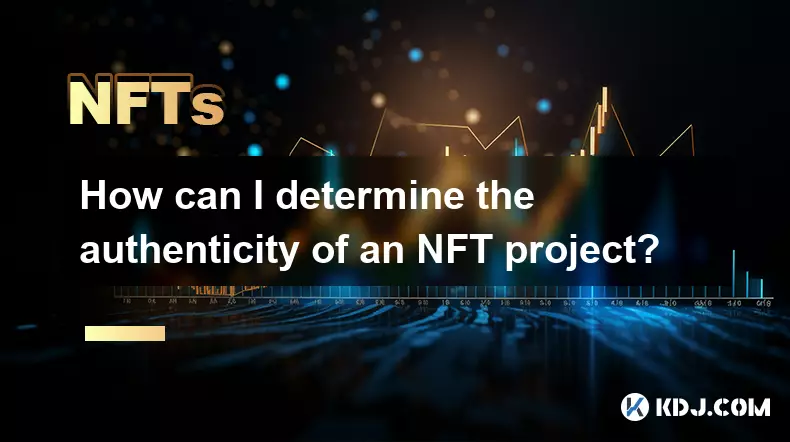
How can I determine the authenticity of an NFT project?
Sep 23,2025 at 05:18pm
Understanding the Project Team and Their Background1. Research the identities of the team members behind the NFT project. Verified social media profil...
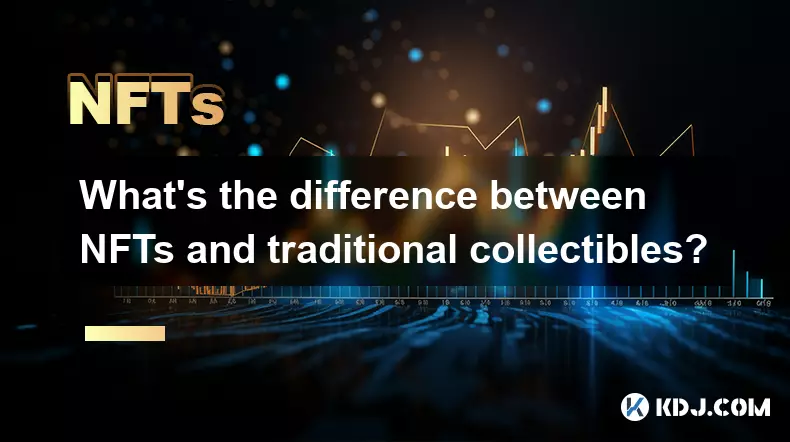
What's the difference between NFTs and traditional collectibles?
Sep 19,2025 at 12:55pm
Digital Ownership and Provenance1. NFTs are built on blockchain technology, which ensures transparent and immutable records of ownership. Every transa...
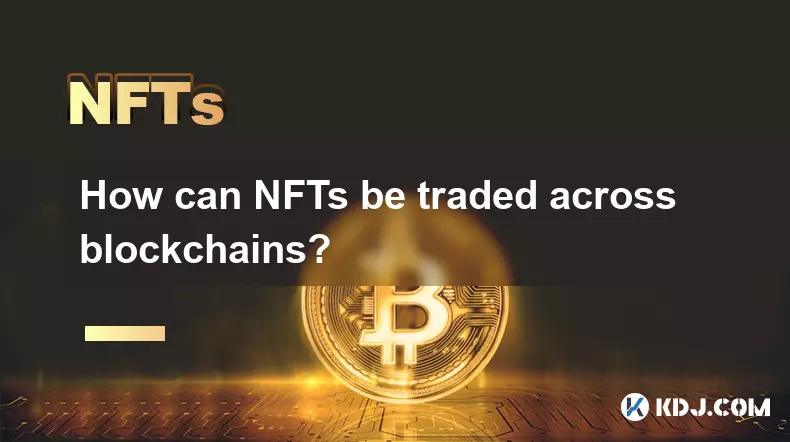
How can NFTs be traded across blockchains?
Sep 19,2025 at 12:00pm
Understanding Cross-Chain NFT Trading1. Non-fungible tokens (NFTs) are digital assets that represent ownership of unique items on a blockchain. Origin...
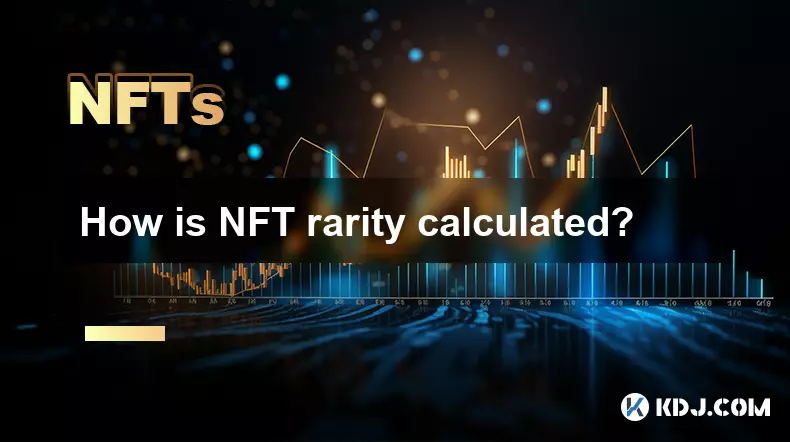
How is NFT rarity calculated?
Sep 18,2025 at 07:54pm
Understanding NFT Rarity Metrics1. NFT rarity is determined by analyzing the uniqueness of individual traits within a collection. Each NFT typically c...
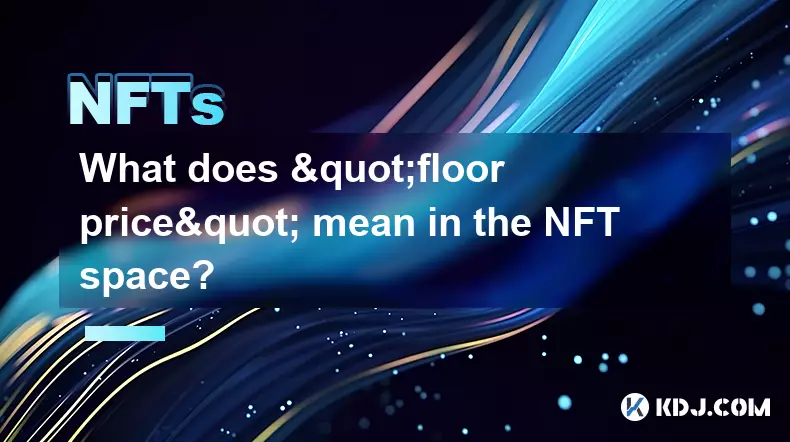
What does "floor price" mean in the NFT space?
Sep 22,2025 at 06:36am
Floor Price: A Core Metric in the NFT Marketplace1. The term floor price refers to the lowest current asking price for any item within a specific NFT ...

How do NFTs help content creators?
Sep 18,2025 at 08:00am
NFTs Empower Creators with Ownership and Monetization1. NFTs provide content creators with verifiable ownership of their digital works, ensuring authe...

How can I determine the authenticity of an NFT project?
Sep 23,2025 at 05:18pm
Understanding the Project Team and Their Background1. Research the identities of the team members behind the NFT project. Verified social media profil...

What's the difference between NFTs and traditional collectibles?
Sep 19,2025 at 12:55pm
Digital Ownership and Provenance1. NFTs are built on blockchain technology, which ensures transparent and immutable records of ownership. Every transa...

How can NFTs be traded across blockchains?
Sep 19,2025 at 12:00pm
Understanding Cross-Chain NFT Trading1. Non-fungible tokens (NFTs) are digital assets that represent ownership of unique items on a blockchain. Origin...

How is NFT rarity calculated?
Sep 18,2025 at 07:54pm
Understanding NFT Rarity Metrics1. NFT rarity is determined by analyzing the uniqueness of individual traits within a collection. Each NFT typically c...

What does "floor price" mean in the NFT space?
Sep 22,2025 at 06:36am
Floor Price: A Core Metric in the NFT Marketplace1. The term floor price refers to the lowest current asking price for any item within a specific NFT ...

How do NFTs help content creators?
Sep 18,2025 at 08:00am
NFTs Empower Creators with Ownership and Monetization1. NFTs provide content creators with verifiable ownership of their digital works, ensuring authe...
See all articles










































































